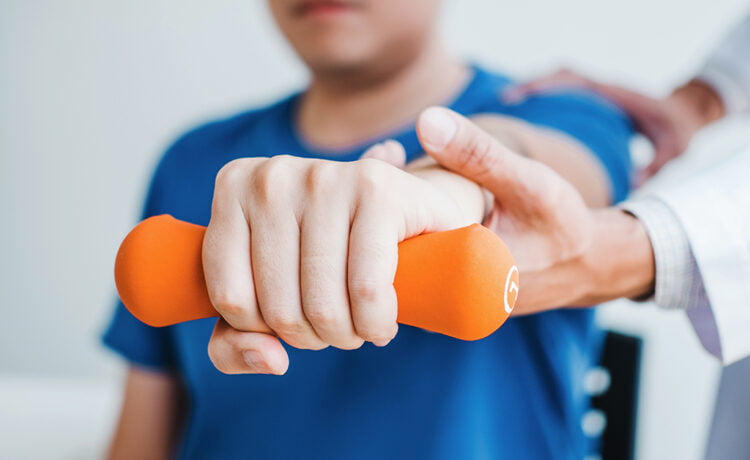Injuries to the musculoskeletal system, including the bones, cartilage, tendons, muscles, ligaments, blood vessels, and nerves are characteristic of cumulative trauma disorders (CTDs). Overuse or repetitive stress in the workplace, on the field, or at home frequently leads to these kinds of injuries. In the United States, CTDs are the most widespread health issue among workers. Cumulative Trauma Disorder (CTD) is not a medical condition, but rather the unpleasant result of subjecting the body to stress without allowing it to recover in between bouts of exertion. The goal of this article by luxury rehab experts from Taylor Recovery Center in Houston is to educate readers on the connection between Cumulative Trauma Disorder (CDT) and addiction as well as its causes. Taylor Recovery Center offers one of the best dual diagnosis treatments for CDT and addiction in a luxurious setting.
What is CDT (Cumulative Trauma Disorder)?
Wear and tear on the body, especially the muscles, tendons, and nerve tissue, can lead to a variety of illnesses and health problems together known as cumulative trauma disorder (CTD). One of the most prevalent sites of micro-trauma that might lead to CTD is the neck or shoulders, followed by the knees and the wrists.
Causes of CDTs
The following are examples of risk variables that often work together to cause CTDs:
- Vibrations in cold environments.
- Incorrect body postures or positions.
- Repetitive motion.
- Staying in the same body position for a long.
- Prolonged mental or emotional stress without relief in the form of rest or relaxation causes muscle tension and blood flow restriction.
Connection Between Cumulative Trauma Disorders (CDT) and Addiction
Cumulative Trauma Disorders (CDT) and addiction have a complex and often intertwined interaction. Chronic pain and physical pain can arise from CDT, which mainly affects tendons, muscles, and nerve tissue. Individuals may turn to substances such as drugs or alcohol to soothe their pain, thereby establishing addictive tendencies. Chronic pain can be emotionally draining, and the desire to dull it may lead to self-medication, increasing the link between CDT and addiction.
Effective Treatments for Cumulative Trauma Disorders
- Physical Therapy. Physical therapists use exercises and procedures to strengthen afflicted parts, restore mobility, and alleviate CDT discomfort.
- Occupational Therapy. Occupational therapists assist people in adapting their regular routines and duties to reduce tension in damaged areas and prevent additional harm.
- Medication Management. To treat pain and inflammation, nonsteroidal anti-inflammatory medications (NSAIDs) or analgesics may be administered. Corticosteroid injections can help in some circumstances.
- Ergonomic Modifications. Adjusting workstations, tools, and equipment can promote better posture and reduce strain, minimizing further micro-trauma.
- Rest and Activity Modification. Adequate rest and modifying activities that aggravate symptoms are critical for healing and CDT treatment.
These treatments attempt to reduce pain, restore functionality, and improve the overall quality of life for persons suffering from Cumulative Trauma Disorders while addressing the probable risk factors that link it to addiction. Individuals facing these difficulties must seek competent medical counsel in order to pursue a full and holistic road to recovery.
Taylor Recovery Center is Reckoned for Offering a One-of-a-Kind Dual Diagnosis Treatment for Cumulative Trauma Disorders (CDTs) and Addiction
Taylor Recovery Center is a luxury rehab in Houston that can help you or someone you care about overcome the dual struggles of CTD and addiction. Our specialist programs provide thorough, evidence-based therapy for trauma and substance misuse, as well as unyielding emotional support. Start moving in the direction of healing, self-determination, and a better future. Get in touch with Taylor Recovery Center right now to get started on the road to recovery. Each clients treatment plan is customized to meet their demands.












